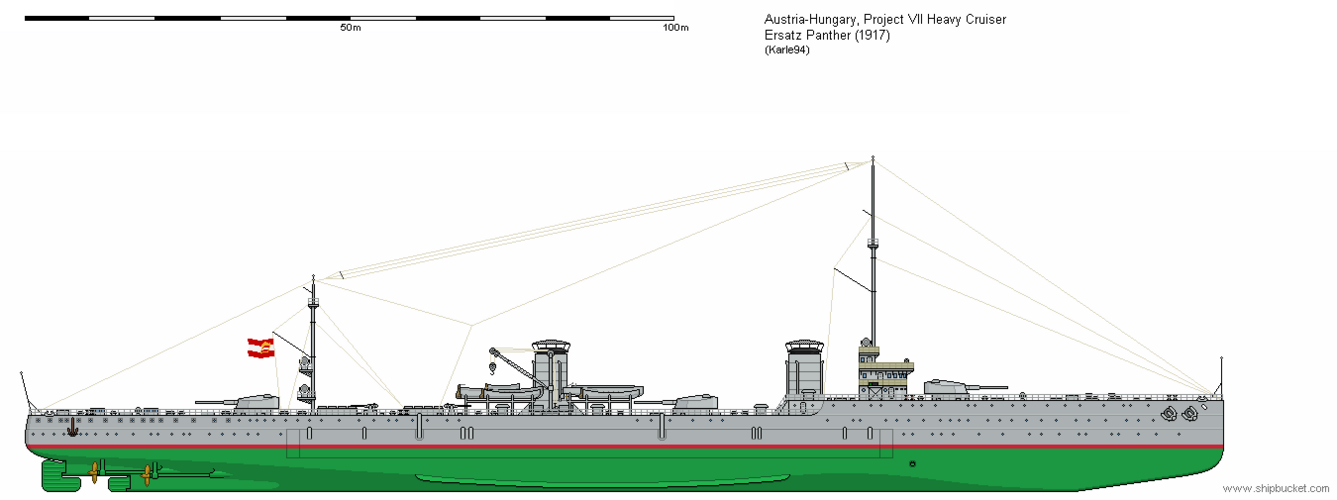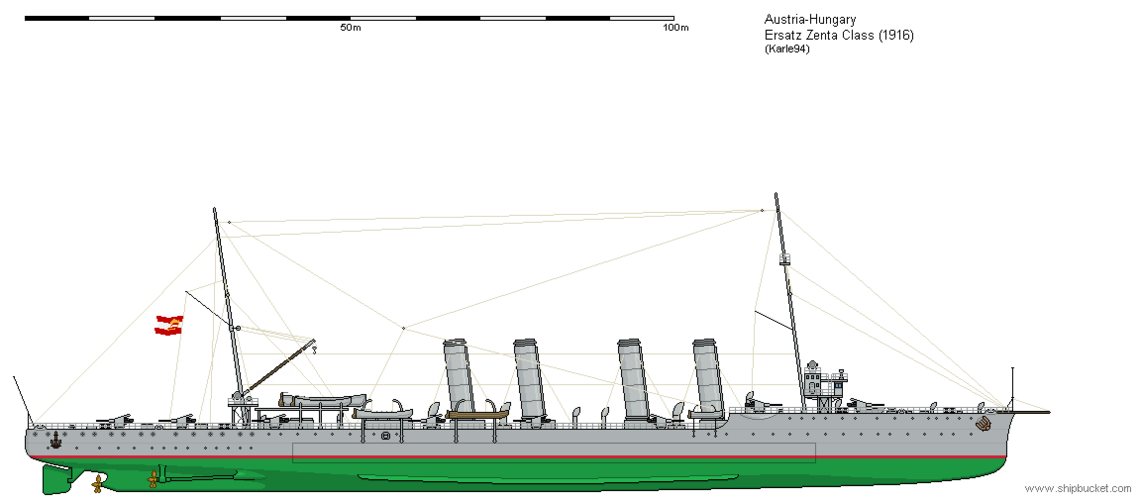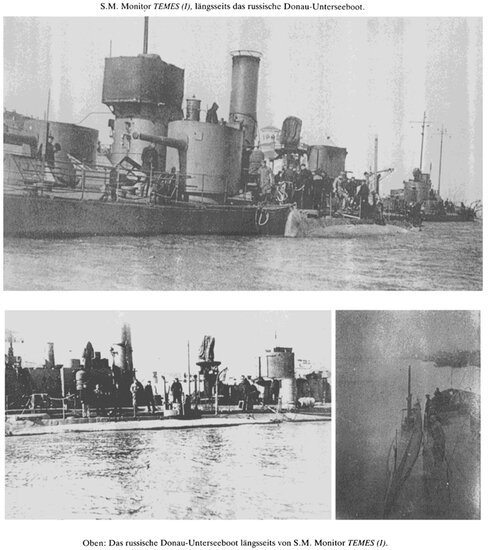Why because they felt no need for it.Something like that. No camouflage patterns ever used on KuK warships. And this makes it somewhat ugly in my eyes.
You are using an out of date browser. It may not display this or other websites correctly.
You should upgrade or use an alternative browser.
You should upgrade or use an alternative browser.
Austro-Hungarian Navy non-capital ship designs
able
ACCESS: Confidential
- Joined
- 20 February 2020
- Messages
- 63
- Reaction score
- 162
Did you 3D print those models? I'm not sure there are many model companies like Fujimi, Tamiya or Revel etc out there who even made KuK models!
They are not 3D print. The real build Radetzky is Resin kit (WSW),Turret can be resin turnover. The hull is built with slab
There is a freedom call Freedom of subject matter
Last edited:
- Joined
- 1 February 2011
- Messages
- 2,938
- Reaction score
- 3,623
Did you 3D print those models? I'm not sure there are many model companies like Fujimi, Tamiya or Revel etc out there who even made KuK models!
They are not 3D print. The real build Radetzky is Resin kit (WSW),Turret can be resin turnover. The hull is built with slab
There is a freedom call Freedom of subject matter
You know if you ask I could had provided a deck to deck set of images for you for easier work.
able
ACCESS: Confidential
- Joined
- 20 February 2020
- Messages
- 63
- Reaction score
- 162
You know if you ask I could had provided a deck to deck set of images for you for easier work.
Your line draw is detailed enough for me, thank you
I usually print two drawings, which is enough to build the superstructure
- Joined
- 9 October 2009
- Messages
- 21,969
- Reaction score
- 13,616
That is if I'm not mistaken the Austro-Hungarian idea for a torpedo warship
That makes more sense, I imagine it would be useful in the adriatic
Yes, Austro-Hungarian, I've first seen it here:
Weird combination of numerous torpedo tubes, light cruiser/Destroyer weaponry with battleship armour and speed.
The Russian idea too sacrificed gun calibre for torpedo tubes:
- Joined
- 1 February 2011
- Messages
- 2,938
- Reaction score
- 3,623
That is the 1B variant by Johann Fiala if I correct
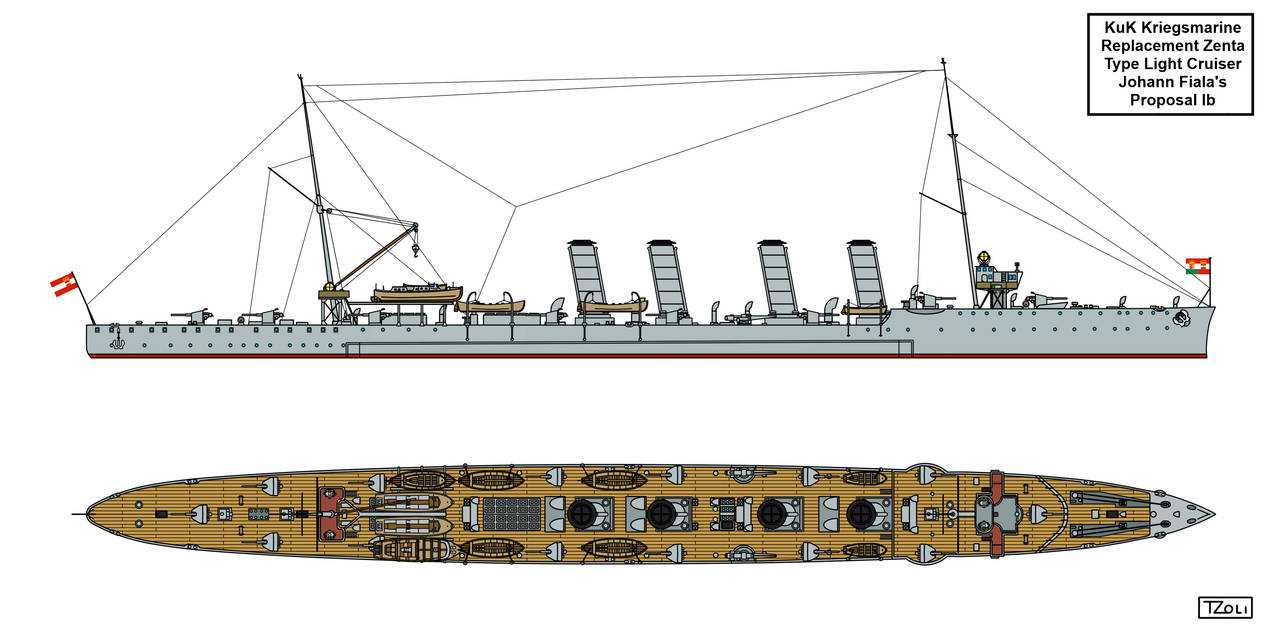
Ersatz Zenta Preliminary Project Ib by Tzoli on DeviantArt
Dilandu
I'm dissatisfied, which means, I exist.
A question: was there any projects for aircraft-carrying ships for Austria-Hungary? Seaplane carriers, something like that? Both Italy and Russia (the main A-H opponents) experimented quite a lot with plane-carrying ships/
- Joined
- 1 February 2011
- Messages
- 2,938
- Reaction score
- 3,623
Nope. I've was interested too in that ship type for our Empire but everybody I've asked both specialist in A-H Navy said there was no such projects. Likely by the time they would had been required the war situation was bad that no resources was allocated for these kind of developments.
Dilandu
I'm dissatisfied, which means, I exist.
Nope. I've was interested too in that ship type for our Empire but everybody I've asked both specialist in A-H Navy said there was no such projects. Likely by the time they would had been required the war situation was bad that no resources was allocated for these kind of developments.
Hm, actually quite strange; Austro-Hungarian navy operated Lohner's flying boats, after all. They clearly have information from their Ottoman allies about successful operation of Russian seaplanes on Black Sea.
Likely by the time they would had been required the war situation was bad that no resources was allocated for these kind of developments.
Hm... not sure. KuK marine continued to design battleships and battlecruisers, and laid up destroyers and cruisers even in 1917-1918. Seaplane carriers did not require much; they could be rebuild from existing ships, even merchant ones. I suppose, the reason might be doctrinal, or something like that, though.
Thank you for answer!
- Joined
- 9 October 2009
- Messages
- 21,969
- Reaction score
- 13,616
They may have had designs on the board for dedicated purpose built seaplane tenders at least, still digging!
Last edited:
- Joined
- 1 February 2011
- Messages
- 2,938
- Reaction score
- 3,623
If such designs exists they should be either in the Naval archives in Wien (like the proposed battleship for Japan which I've yet to see the document though only seen the title! ) or in the naval archives of the countries compromised the Dual Monarch:
Croatia, Slovenia, Slovakia, Czech, Austria. there were no such ships in the Hungarian archives otherwise they would had been published or told to me.
Czech and Slovakia is unlikely they would most likely have info on the gun and turret projects of the Monarch (there should be drawings of the 42cm cannons and turrets somewhere there)
Romania again very unlikely as they really hated us...
Yes I know they designed DD, CA, BB and BC projects in 1917. But likely doctrinal. Note that the KuK called it's AA guns BAK/BAG - Ballon Abwehr Geschutze / Kanone meaning they are more into the Zeppelin field on the other hand when WW1 started most if not all A-H Zeppelins were decommissioned due to the many accident and machinery errors (Till then every military game featured them)
Croatia, Slovenia, Slovakia, Czech, Austria. there were no such ships in the Hungarian archives otherwise they would had been published or told to me.
Czech and Slovakia is unlikely they would most likely have info on the gun and turret projects of the Monarch (there should be drawings of the 42cm cannons and turrets somewhere there)
Romania again very unlikely as they really hated us...
Yes I know they designed DD, CA, BB and BC projects in 1917. But likely doctrinal. Note that the KuK called it's AA guns BAK/BAG - Ballon Abwehr Geschutze / Kanone meaning they are more into the Zeppelin field on the other hand when WW1 started most if not all A-H Zeppelins were decommissioned due to the many accident and machinery errors (Till then every military game featured them)
Dilandu
I'm dissatisfied, which means, I exist.
Kanone meaning they are more into the Zeppelin field on the other hand when WW1 started most if not all A-H Zeppelins were decommissioned due to the many accident and machinery errors (Till then every military game featured them)
As far as I know, Austria-Hungary never operated any Zeppelin. They brought non-rigid Parseval PL.IV from Germany, and semi-rigid Lebaudi 6 from France. They received M.I and M.II designations (Militärluftschiff). Later, two non-rigid airships were build locally, one by Körting and Wimpassing (M.III, which later was destroyed in accidental collision with airplane) and one by Boemches (M.IV). By the start of the war, all those ships were of obsolete type. One big semi-rigid airship "Austria" was build by Franz Mannsbarth in 1911, but rejected by military, and used only for passenger flights.
There are many sources that indicates, that Austria-Hungary tried to order Zeppelins from Germany, but to no results (wonder why they did not try to buy some Shutte-Lanz ships - there were at least two completed airships, SL.16 and SL.17, that were rejected by German army, and probably could be purchased in 1917).
Some sources claim, that a number of rigid airships was ordered by K.u.K. military in 1917-1918, to be build by their own industry, but they weren't ever finished. I suspect that there is a mix-up with four Mannsbarth semi-rigid airships, that were actually ordered by K.u.K. marine for coastal patrols, but never completed due to the end of the war.
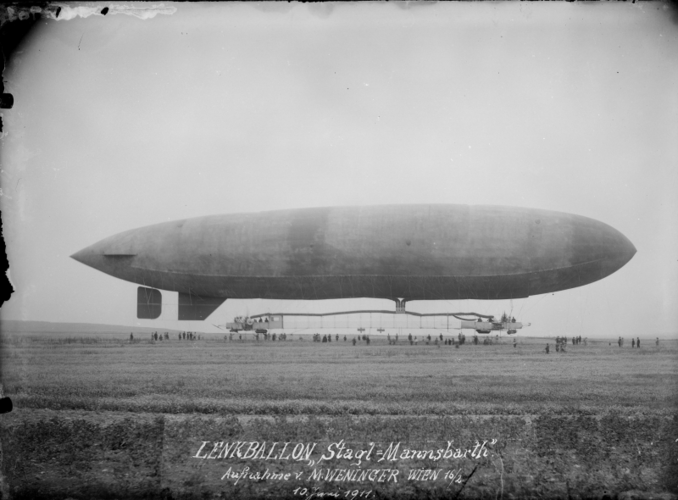
Last edited:
- Joined
- 9 October 2009
- Messages
- 21,969
- Reaction score
- 13,616
If design studies or even detailed designs for seaplane tenders were carried out and still exist, they probably would be listed under the same Flugzeugmutterschiff (Aircraft mothership) or Seeflugzeugträger (Seaplane Carrier) designations that the Imperial German Navy used for their own such vessels.
Dilandu
I'm dissatisfied, which means, I exist.
If design studies or even detailed designs for seaplane tenders were carried out and still exist, they probably would be listed under the same Flugzeugmutterschiff (Aircraft mothership) or Seeflugzeugträger (Seaplane Carrier) designations that the Imperial German Navy used for their own such vessels.
Make sense.
P.S. Hm.
The seaplane carriers, seaplane tenders, helicopter cruisers and aircraft carrying submarines of the world. Vol.1 Australia, Austria-Hungary, China, Germany, France and Great Britain, Beerbaum, Simon, eBook - Amazon.com
The seaplane carriers, seaplane tenders, helicopter cruisers and aircraft carrying submarines of the world. Vol.1 Australia, Austria-Hungary, China, Germany, France and Great Britain - Kindle edition by Beerbaum, Simon. Download it once and read it on your Kindle device, PC, phones or tablets...
www.amazon.com
The seaplane carriers, seaplane tenders, helicopter cruisers and aircraft carrying submarines of the world. Vol.1 Australia, Austria-Hungary, China, Germany, France and Great Britain
This book mentioned Austria-Hungary, at least in name.
Dilandu
I'm dissatisfied, which means, I exist.
Also, I found such mention on Wiki:
22 July – The Austro-Hungarian Navy battleships Erzherzog Franz Ferdinand, Radetzky, and SMS Zrínyi each transport one flying boat from Pola to the Gulf of Cattaro. The following day they carry out a reconnaissance of the border with Montenegro. These are the first operational flights in Europe by naval aircraft.[1]
- Joined
- 1 February 2011
- Messages
- 2,938
- Reaction score
- 3,623
Yes there were ships in the KuK Which operated seaplanes for a brief period of time but these were no dedicated aircraft ships eg tenders.
For 4 dollars I doubt you would find much info in that publication
For 4 dollars I doubt you would find much info in that publication
- Joined
- 11 March 2006
- Messages
- 8,625
- Reaction score
- 3,804
In "Before the Aircraft Carrier", Layman mentions just one dedicated Austria-Hungarian aviation ships,
which has the distinction, too, of having been one of the first Austrian navy's first steam ships ! It was the
side wheel steamer "Vulcano", fitted out in the years 1848/49 for launching hot-air balloons.
The same chapter in the mentioned book gives an explanation for the lack of interest in aviation ships during WWI:
Short range of air operations in the Adriatic, availability of many harbours, and sheltered waters along
the Austrian coastline. Transport of seaplanes to such operating sites was done with regular, though sometimes
second line warships.
A survey of the development of the k.u.k. aviation, including airships, can be found in Reinhard K. B. Desoye's
master's thesis "Die k.u.k. Luftfahrtruppe - Die Entstehung, der Aufbau und die Organisation der österreichisch-
ungarischen Heeresluftwaffe 1912-1918" (in German), mentioning, that the k.u.k military aviation commissioned
overall four airships, all before WWI, but never favoured this kind of vehicle.
which has the distinction, too, of having been one of the first Austrian navy's first steam ships ! It was the
side wheel steamer "Vulcano", fitted out in the years 1848/49 for launching hot-air balloons.
The same chapter in the mentioned book gives an explanation for the lack of interest in aviation ships during WWI:
Short range of air operations in the Adriatic, availability of many harbours, and sheltered waters along
the Austrian coastline. Transport of seaplanes to such operating sites was done with regular, though sometimes
second line warships.
A survey of the development of the k.u.k. aviation, including airships, can be found in Reinhard K. B. Desoye's
master's thesis "Die k.u.k. Luftfahrtruppe - Die Entstehung, der Aufbau und die Organisation der österreichisch-
ungarischen Heeresluftwaffe 1912-1918" (in German), mentioning, that the k.u.k military aviation commissioned
overall four airships, all before WWI, but never favoured this kind of vehicle.
Dilandu
I'm dissatisfied, which means, I exist.
The same chapter in the mentioned book gives an explanation for the lack of interest in aviation ships during WWI:
Short range of air operations in the Adriatic, availability of many harbours, and sheltered waters along
the Austrian coastline. Transport of seaplanes to such operating sites was done with regular, though sometimes
second line warships.
Thank you for information!
Bonjour,
je suis passionné par votre publication ! j'ai un projet de réalisation d'un modèle réduit radio-commandé de navire propulsé par une petite machinerie à vapeur. J'ai pensé à une canonnière du Danube mais ne trouve pas de plan. Un navire de type Adria monitor parfaitement développé historiquement. Avez-vous un plan permettant une construction, de la documentation ? pensez-vous à m'orienter pour rechercher le plan et de la documentation en plus de la construction d'un modèle réduit navigant ? Cordialement.
Marc
steamer91@gmail.com
je suis passionné par votre publication ! j'ai un projet de réalisation d'un modèle réduit radio-commandé de navire propulsé par une petite machinerie à vapeur. J'ai pensé à une canonnière du Danube mais ne trouve pas de plan. Un navire de type Adria monitor parfaitement développé historiquement. Avez-vous un plan permettant une construction, de la documentation ? pensez-vous à m'orienter pour rechercher le plan et de la documentation en plus de la construction d'un modèle réduit navigant ? Cordialement.
Marc
steamer91@gmail.com
Last edited by a moderator:
- Joined
- 1 February 2011
- Messages
- 2,938
- Reaction score
- 3,623
What the...???
You replied an entire thread???
I don't speak French but google translate says you want plans of the Adria Monitor project?
There are no plans, my drawing is based on avaiable data and contemporary Monitor designs.
This is what I've written to that design:
You replied an entire thread???
I don't speak French but google translate says you want plans of the Adria Monitor project?
There are no plans, my drawing is based on avaiable data and contemporary Monitor designs.
This is what I've written to that design:
In 1917 the Austro-Hungarian navy ordered a new type of monitor design for the use on the coastline of the Adriatic in an effort to support the army troops in their fight against the Italians. The information about these monitors is less then scarce, having 2 ships to be built (by AH practice they should be named provisionally as No.XIII and XIV) with a main armament of 2x 24cm cannons in 2 single turrets and a displacement of 1.500tons and nothing more.
Based on these info and researching material of similar armed ships and similar sized vessels of other nations (Hull shape is based on the British Humber class monitors and the single turret from the Hapsburg class battleships) I was able to create this drawing, using some elements of the No.XI (Duna class) riverine monitor design.
World B4
my bad y'all
- Joined
- 25 June 2017
- Messages
- 447
- Reaction score
- 364
Which submarine?Russians even building a
specialised submarine for use on the Danube during WWI !
- Joined
- 11 March 2006
- Messages
- 8,625
- Reaction score
- 3,804
Had another look, and I may have to correct myself, as my main source (Georg Pawlik, Heinz Christ, Herbert Winkler „Die K.u.K. Donauflotille 1870 – 1918“) somehow seems to give contradicting statements:
"So wurden drei für die Flußverhältnisse speziell konstruierte Unterseeboote gebaut, lediglich ein Boot kam zum Einsatz. Dieses U-Boot konnte, auch bei Niedrigwasser, auf der Donau etwa bis Braila vordringen. " ( 3 submarines, specially constructed for the conditions on the river were built, only one of them was actually used in active service. Those boats could advance as far as Braila, even during low water.)
But :
"Die zaristische Marine hatte 1913 drei Klein-U-Boote des Holland-Typs gekauft, die als No. 1-3 in Dienst gestellt wurden. No. 3 hätte nach 1918 Rumänien zufallen sollen, über den tatsächlichen Verbleib ist aber nichts feststellbar."
(In 1913 the czarist navy bought three midget subs of the Holland type, put into service as No 1 to 3. No 3 should have been given to Romania after 1918, but there are no information about its fate"
That sub is mentioned in Norman Polmar, Jurrien Noot „Submarines oft he Russian and Soviet Navies, 1718 – 1990“, too, as Holland Design Army NO. 1-3, with a displacement of 33.1 tons surfaced/43.6 tons submerged, with this small drawing:

The attached photos are from the befoe mentioned book by Pawlik, Christ and Winkler
"So wurden drei für die Flußverhältnisse speziell konstruierte Unterseeboote gebaut, lediglich ein Boot kam zum Einsatz. Dieses U-Boot konnte, auch bei Niedrigwasser, auf der Donau etwa bis Braila vordringen. " ( 3 submarines, specially constructed for the conditions on the river were built, only one of them was actually used in active service. Those boats could advance as far as Braila, even during low water.)
But :
"Die zaristische Marine hatte 1913 drei Klein-U-Boote des Holland-Typs gekauft, die als No. 1-3 in Dienst gestellt wurden. No. 3 hätte nach 1918 Rumänien zufallen sollen, über den tatsächlichen Verbleib ist aber nichts feststellbar."
(In 1913 the czarist navy bought three midget subs of the Holland type, put into service as No 1 to 3. No 3 should have been given to Romania after 1918, but there are no information about its fate"
That sub is mentioned in Norman Polmar, Jurrien Noot „Submarines oft he Russian and Soviet Navies, 1718 – 1990“, too, as Holland Design Army NO. 1-3, with a displacement of 33.1 tons surfaced/43.6 tons submerged, with this small drawing:

The attached photos are from the befoe mentioned book by Pawlik, Christ and Winkler
Attachments
This is a small Holland 27B type submarine - one of a series of three units built for the defense of sea fortresses on the Baltic Sea. Two submarines of this type were sent to the White Sea to defend the harbor of Arkhangelsk, but were lost during transportation.Had another look, and I may have to correct myself, as my main source (Georg Pawlik, Heinz Christ, Herbert Winkler „Die K.u.K. Donauflotille 1870 – 1918“) somehow seems to give contradicting statements:
"So wurden drei für die Flußverhältnisse speziell konstruierte Unterseeboote gebaut, lediglich ein Boot kam zum Einsatz. Dieses U-Boot konnte, auch bei Niedrigwasser, auf der Donau etwa bis Braila vordringen. " ( 3 submarines, specially constructed for the conditions on the river were built, only one of them was actually used in active service. Those boats could advance as far as Braila, even during low water.)
But :
"Die zaristische Marine hatte 1913 drei Klein-U-Boote des Holland-Typs gekauft, die als No. 1-3 in Dienst gestellt wurden. No. 3 hätte nach 1918 Rumänien zufallen sollen, über den tatsächlichen Verbleib ist aber nichts feststellbar."
(In 1913 the czarist navy bought three midget subs of the Holland type, put into service as No 1 to 3. No 3 should have been given to Romania after 1918, but there are no information about its fate"
That sub is mentioned in Norman Polmar, Jurrien Noot „Submarines oft he Russian and Soviet Navies, 1718 – 1990“, too, as Holland Design Army NO. 1-3, with a displacement of 33.1 tons surfaced/43.6 tons submerged, with this small drawing:
View attachment 699207
The attached photos are from the befoe mentioned book by Pawlik, Christ and Winkler
The third was sent to the Black Sea for the defense of the Danube River delta in 1916-17, then it was captured in a faulty condition by Austro-Hungarian troops and received a temporary crew under the command of Lieutenant Walter Schmidt of the Austrian Navy. She was in very poor technical condition, so the necessary repairs were carried out and the boat was launched in Severin (now it is the Romanian Drobeta-Turnu Severin), where sea trials and trial dives were carried out. However, unsatisfactory results and constant technical problems led to the transfer of the submarine to the reserve.
After the war, in the autumn of 1918, retreating Austro-Hungarian Danube monitors towed a submarine to Budapest. Yugoslavia, Romania and the Republic of Austria showed no interest in it, and it went to Hungary. But already in 1921, the submarine was officially decommissioned.
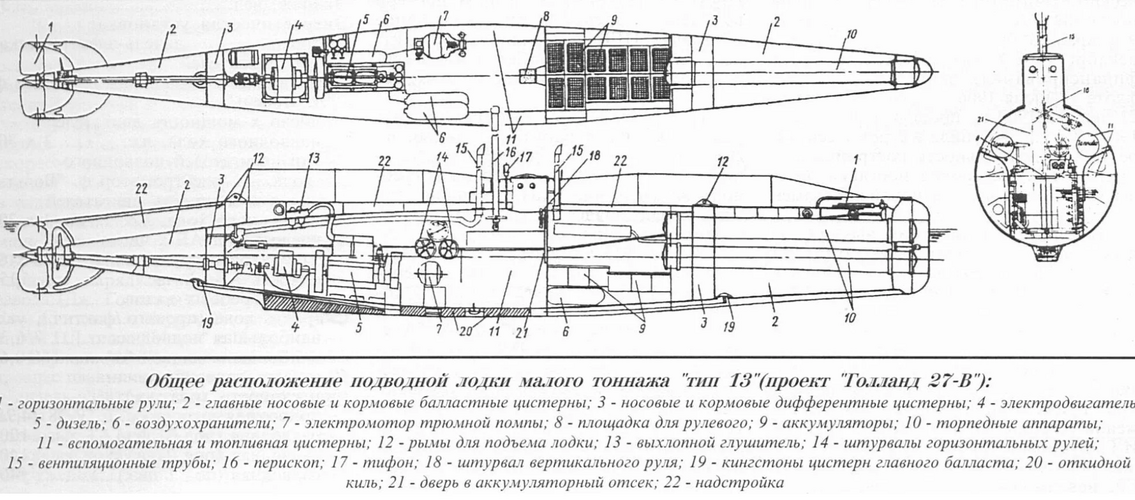
In the Russian Danube Flotilla:
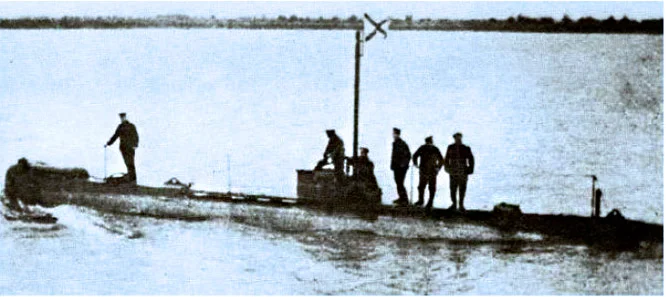
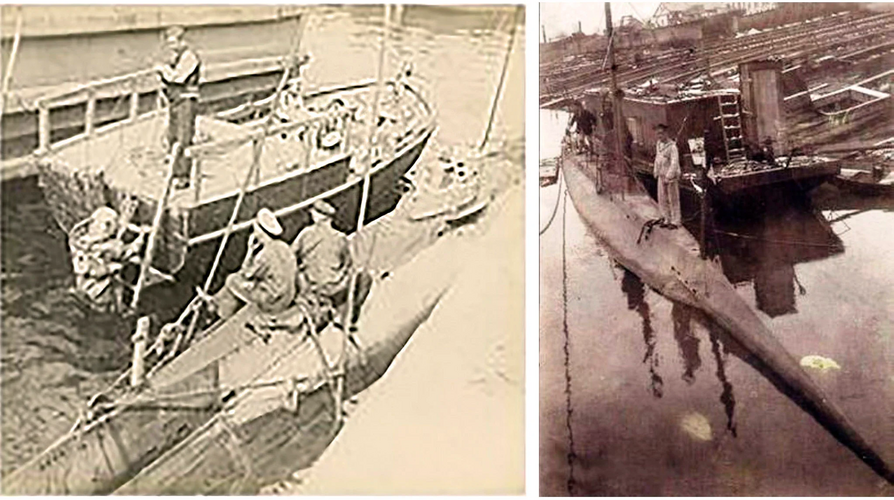
In the Austro-Hungarian Danube Flotilla:
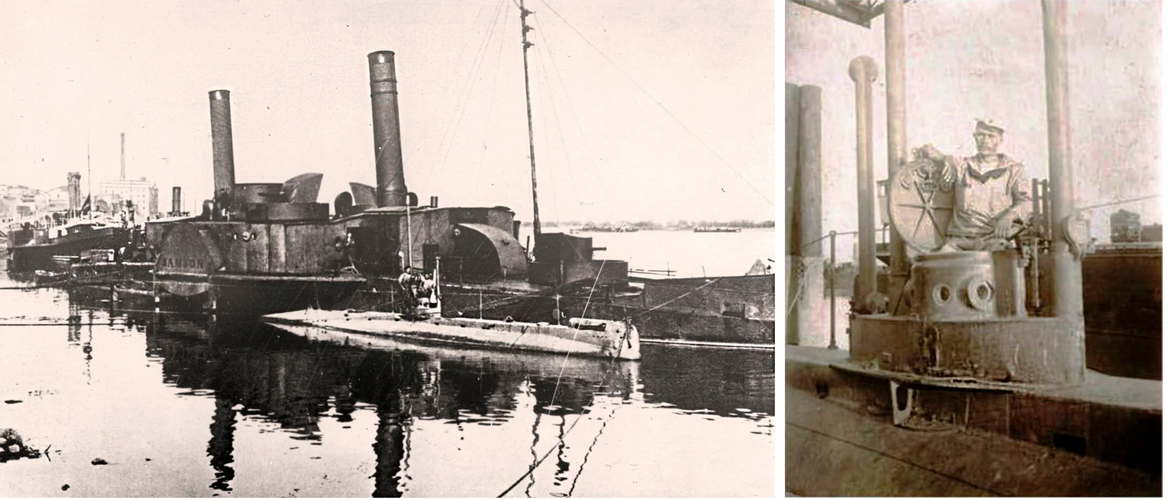
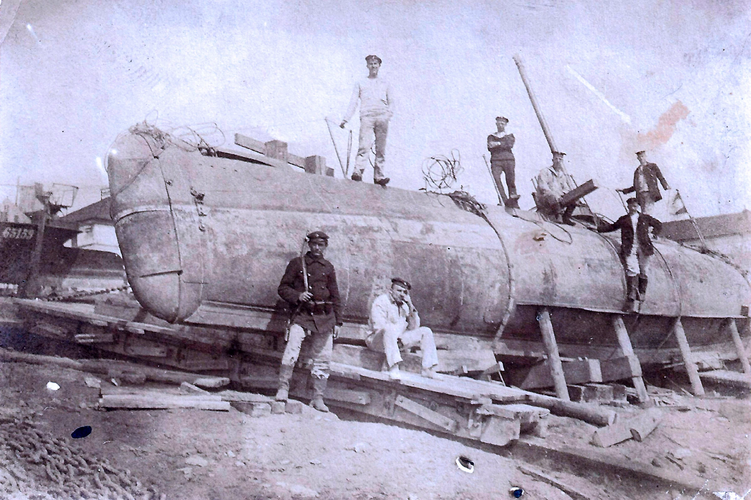
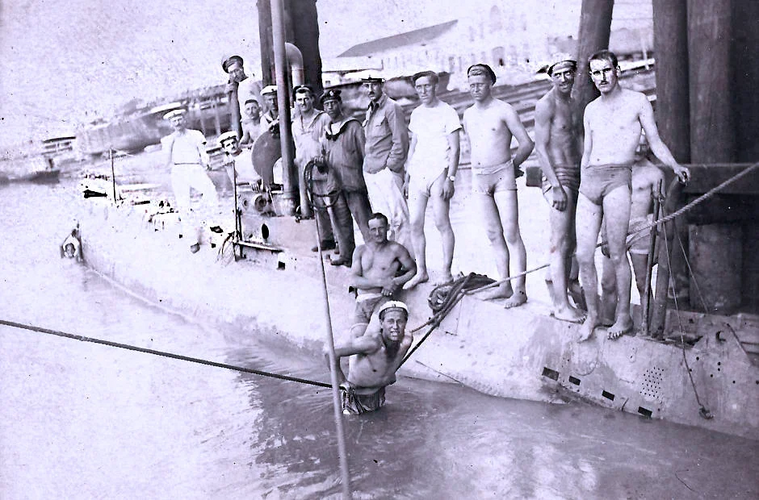
Having dwelved a bit into Kuk Ships/projects (for alternate history purposes), just wanted to thank Tzoli for the amazing drawings he has created, awesome seeing the KuK battlecruisers and 1905 armoured cruiser designs, as well as many other ships/projects/variants.

